1、 Curing method
1. Temperature: its habit is almost the same as that of chrysanthemum. It's better to keep it in a warm place, which can be between 15 and 28 degrees. It is afraid of both heat and cold, so it needs to be adjusted when the temperature is at two extremes
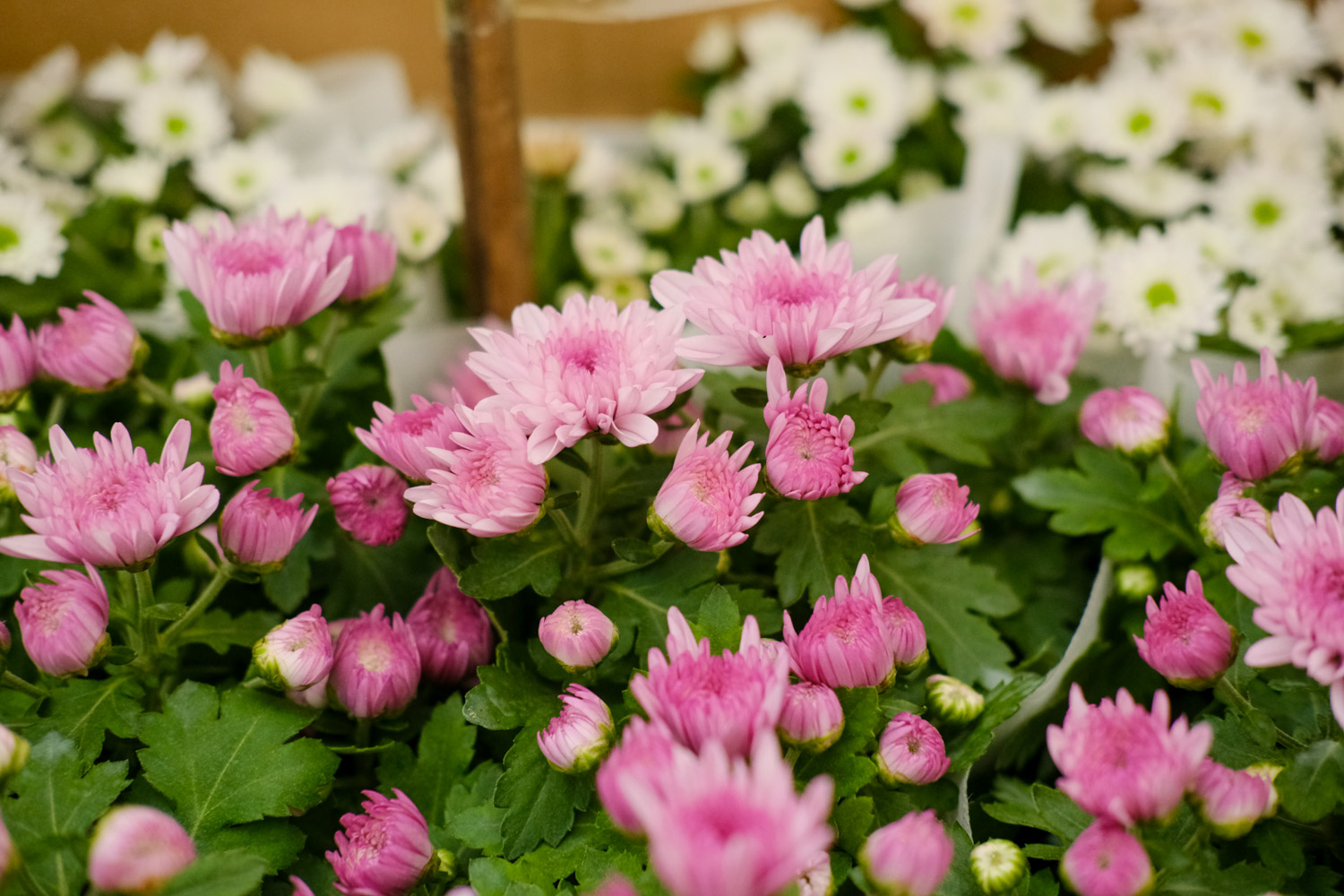
2. Light: the single chrysanthemum likes light. It will bloom well only if it provides enough sunshine time. Generally speaking, you can always put it in a place with sufficient astigmatism and turn its direction in time. However, when there is strong light, you have to shade, but if you are indoors all the time, you don't have to consider this problem
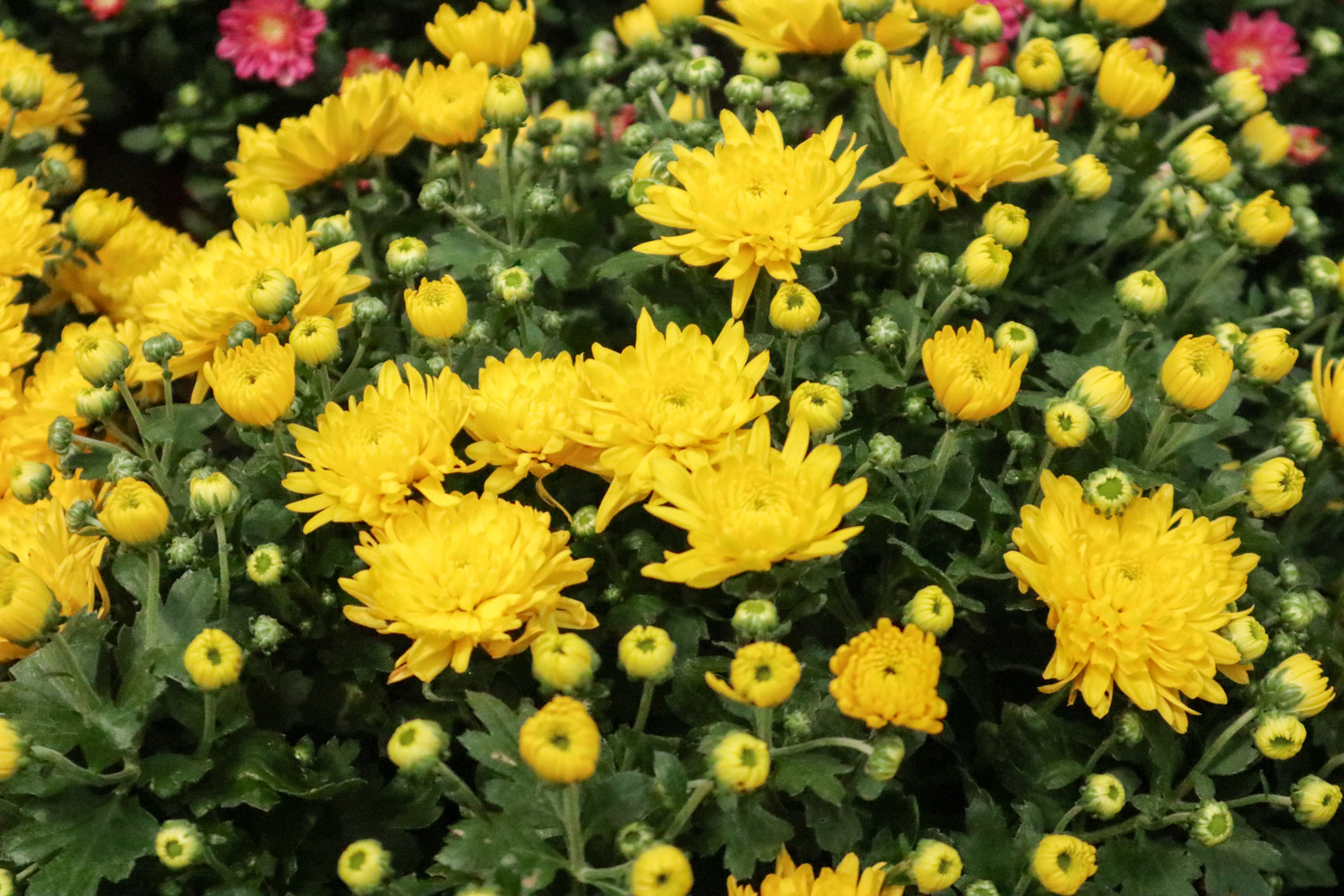
3. Watering: when the single chrysanthemum grows fast, it needs more water. Keep the substrate moist, but don't accumulate too much water, otherwise it is easy to rot. In winter, keep the substrate not completely dry and don't pour too much
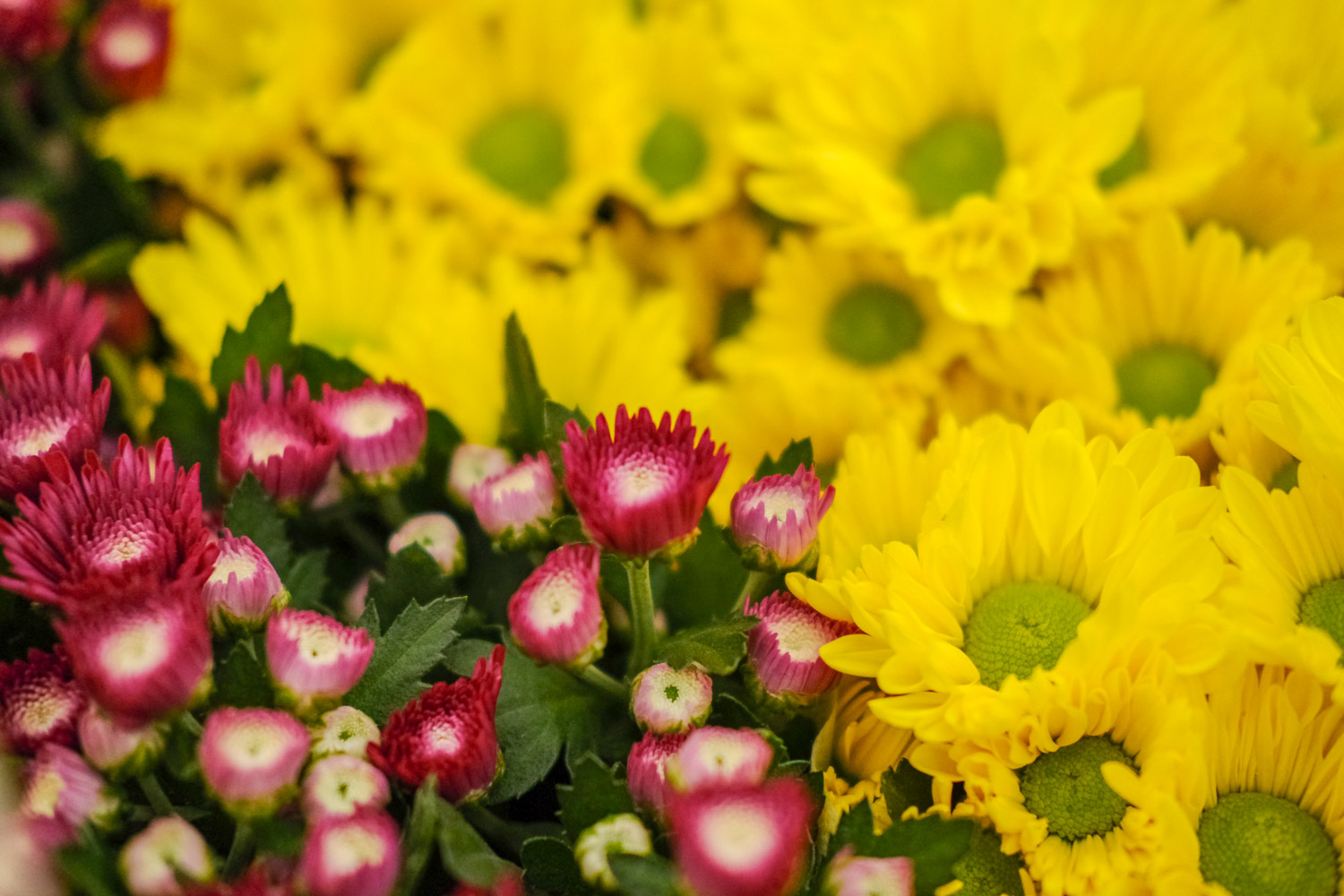
4. Fertilization: it is usually necessary to apply some foliar fertilizer to the plant, so that its leaves will appear more shiny. When flower buds are formed, some water and fertilizer need to be applied
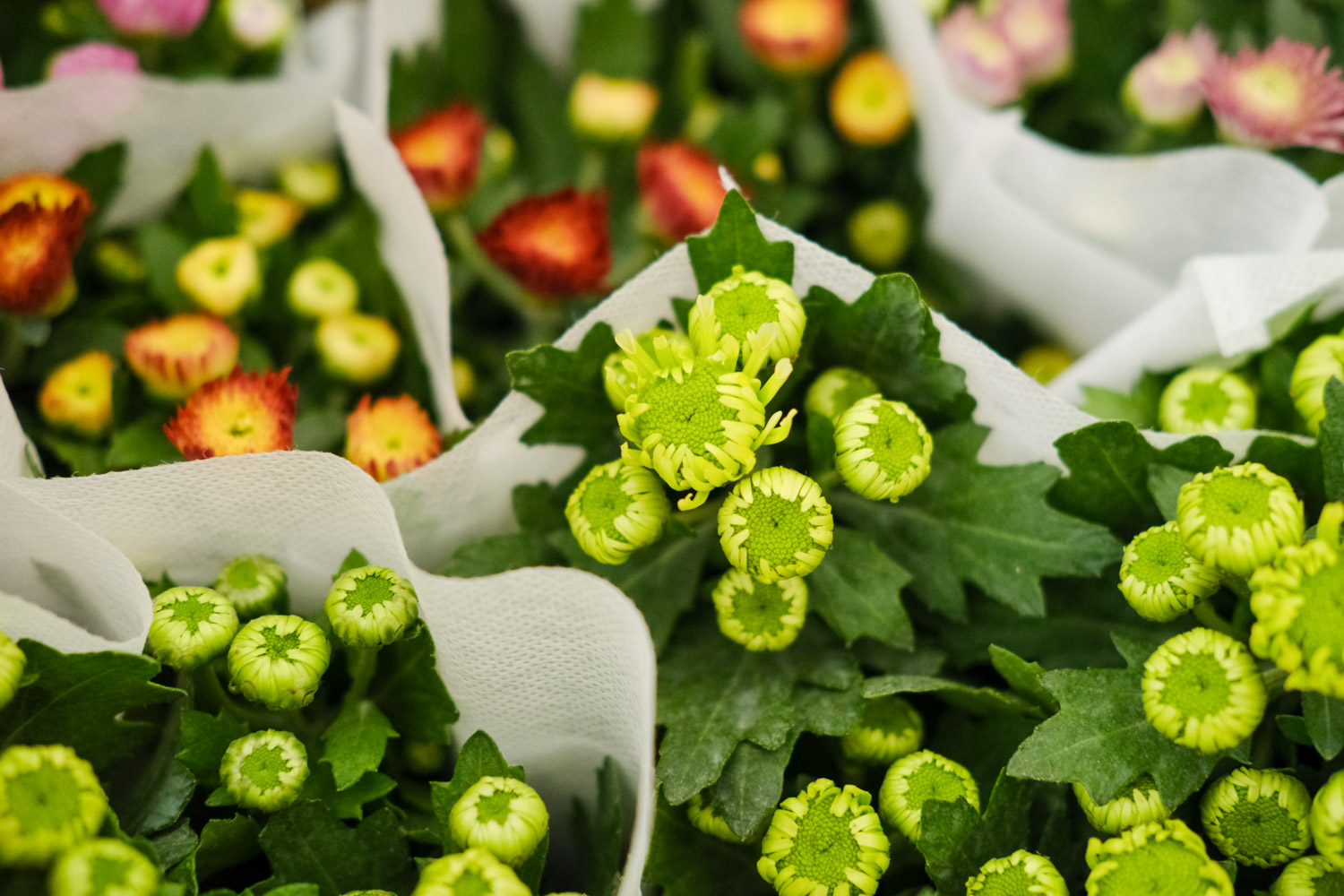
2、 Breeding skills
1. Pruning: pruning is a very important step in cultivating single chrysanthemum. Generally speaking, after Cutting Chrysanthemum seedlings, when they grow to a certain height, they need to pick the heart. Two or three coring procedures are required. Special attention should be paid to the last time. After selecting a full branch, the other side branches can be cut off
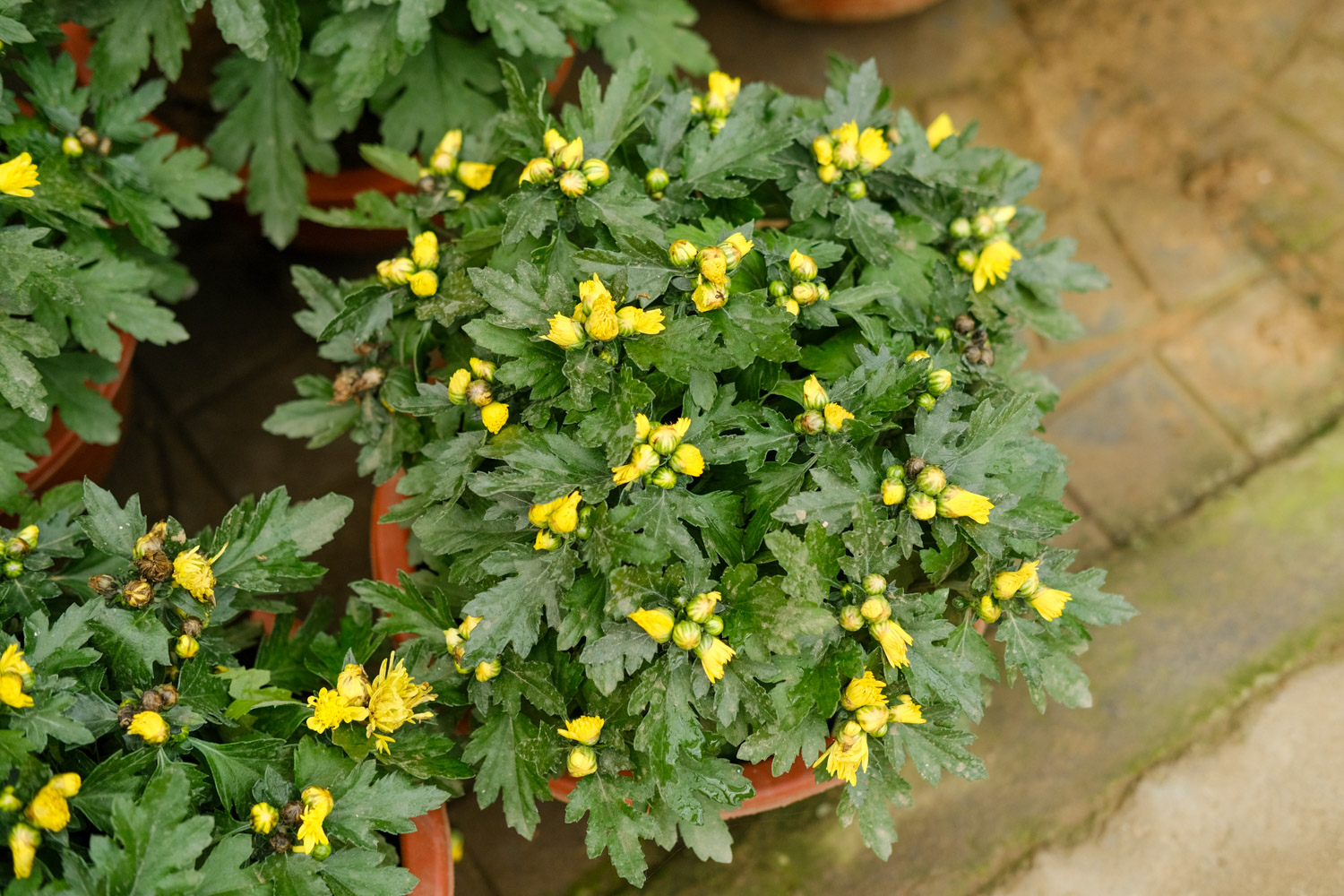
2. Change the pot: the single chrysanthemum is a good potted flower, so we need to pay attention to whether the soil is suitable, that is, change the pot in time. It can be replaced once a year or two. It is better to choose rotten leaf soil and sandy soil

3、 Problem diagnosis and treatment
1. Diseases: single chrysanthemum has many common diseases. For example, "leaf spot disease" occurs more often in rainy times, especially when the ventilation is poor. Chlorothalonil can be used for treatment. Then there is "brown spot", which will lead to many brown half bands on the leaves. Chlorothalonil can also be used, and the soil should be disinfected in time
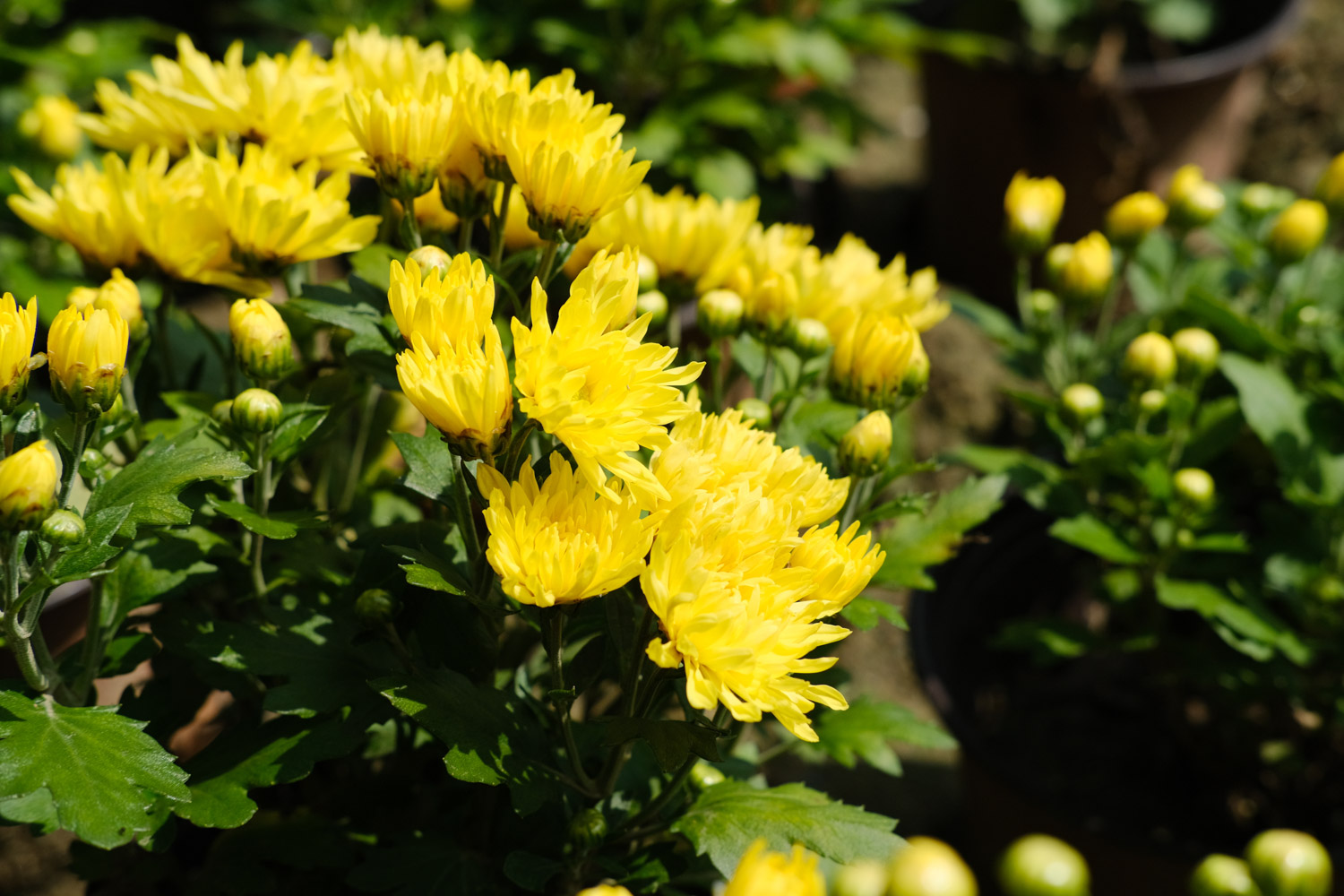
2. Insect pests: there are also many, such as "leaf miner", "inchworm", "chrysanthemum leaf mite", which also disinfect the soil while spraying

4、 Other issues
1. Toxicity: dubenju is essentially a kind of chrysanthemum, which is non-toxic

2. Whether it can be raised at home: it is very ornamental and can be placed at home
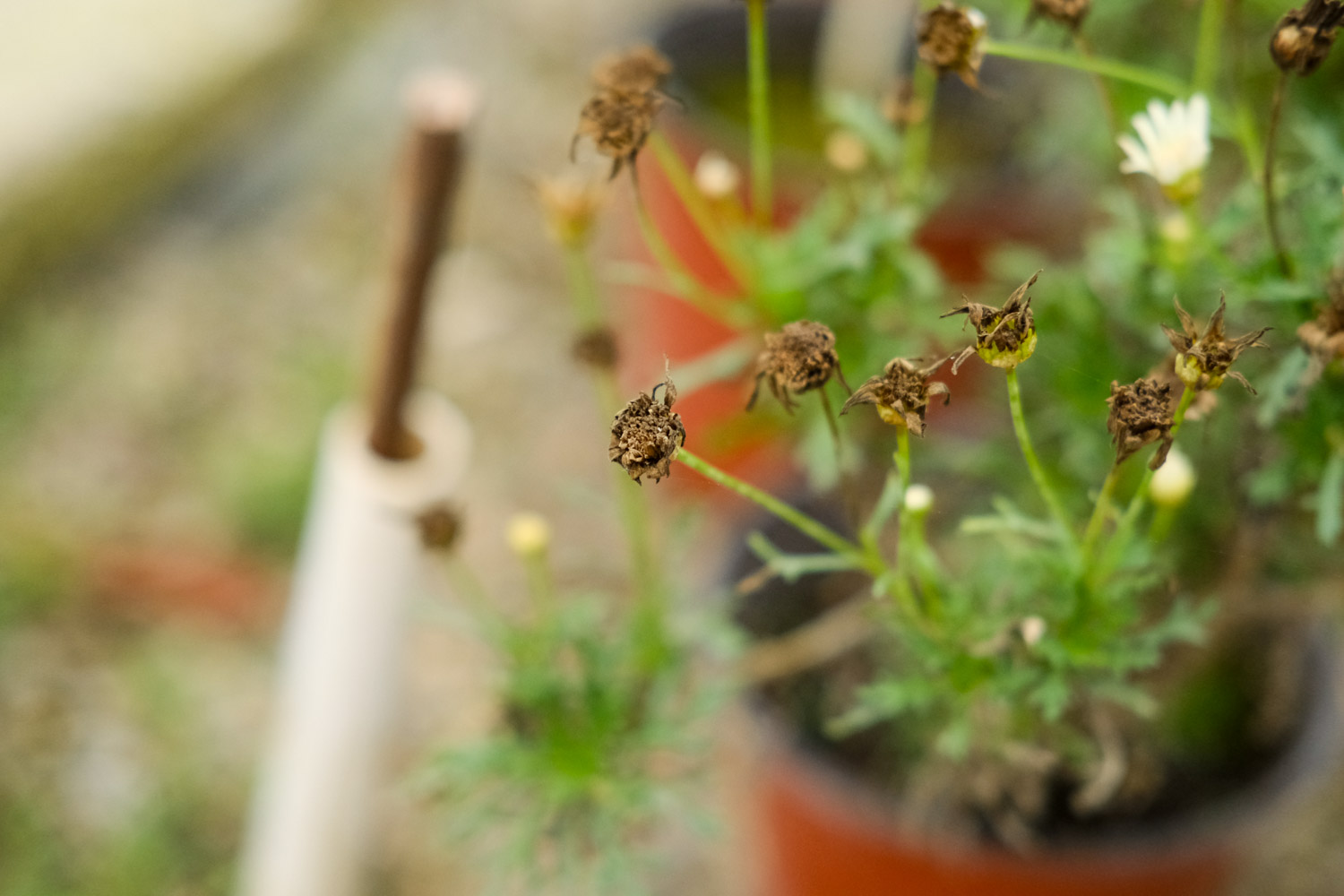

 how many times do yo...
how many times do yo... how many planted tre...
how many planted tre... how many pine trees ...
how many pine trees ... how many pecan trees...
how many pecan trees... how many plants comp...
how many plants comp... how many plants can ...
how many plants can ... how many plants and ...
how many plants and ... how many pepper plan...
how many pepper plan...





























